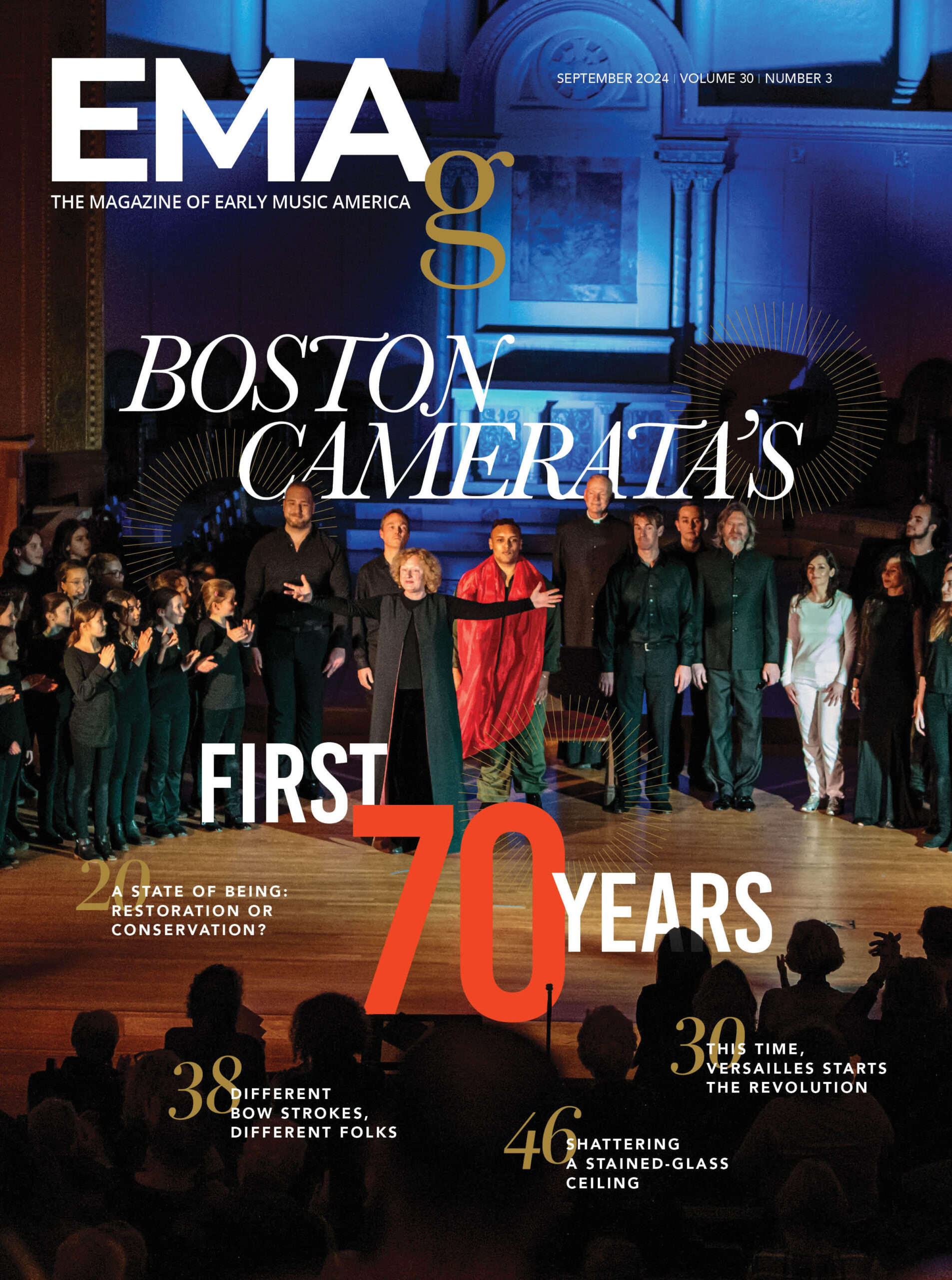
Included in the Full Issue
- The Boston Camerata’s First 70 Years by Ashley Mulcahy
- A State of Being: Restoration or Conservation? by Kyle MacMillan
- This Time, Versailles Starts the Revolution by Simon Mundy
- Different Bow Strokes, Different Folks by Jacob Jahiel
- Shattering a Stained-Glass Ceiling by Natasha Gauthier
- From the Publications Director: EMA Turns 40: What Comes Next?
- From the Executive Director: Beginnings Old and New
- EMA Courant: News from Around the Early-Music Community by Paulina Francisco
- Canto: Phrase it Like a Singer? by Geoffrey Burgess
- Recording & Book Reviews
- EMAg Puzzle by Joshua Kosman
- Musings: For the Birds by Thomas Forrest Kelly
- Toil & Trouble: What’s the Historical Approach to Generate Excitement? by Judith Malafronte
Current EMA members can read this and previous issues of EMAg.
Please login or become a member today!
Features
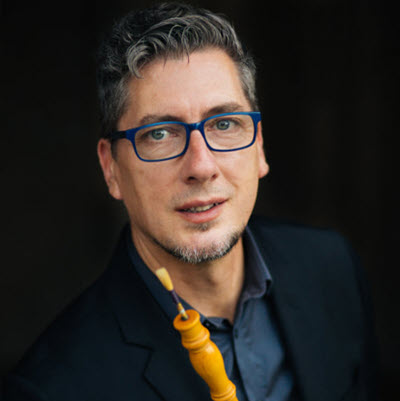
CANTO: Phrase it Like a Singer?
In his Canto column, historical oboist Geoffrey Burgess argues that modern circumstances too often take us far from the collaborative nature of early music and the shared goals of singers and instrumentalists. Understandably, many singers feel the need to become generalists. But now is the time to re-evaluate our current practices.
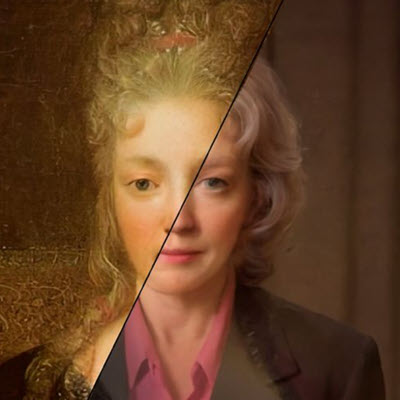
Checking in with Ensembles Old and Brand New
As the Boston Camerata celebrates its 70th season, two new early-music ensembles are making their debuts. In Cleveland, an outfit called CLE Concierto offers music by Élisabeth Jacquet de la Guerre. In Vermont, Burlington Baroque presents an inaugural festival aiming to start a year-round series. Exciting times ahead.

Toil & Trouble: What’s the Historical Approach to Generate Excitement?
‘What made music exciting and interesting for listeners in the early 17th century, when vocal and instrumental music was exploring declamation, rhetorical delivery, theatricality, and the ability to move the listener? Today, how do we generate excitement and how do we take a historical approach? Do we need breakneck tempos, edgy string playing, machine-gun coloratura, and stridency to make our points?’
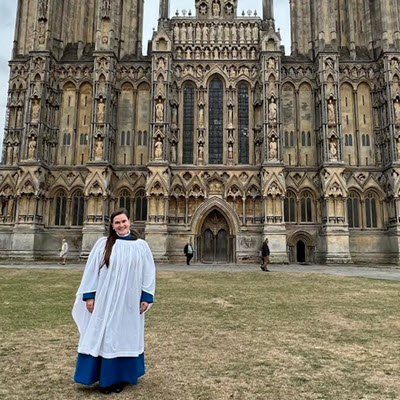
Shattering a Stained-Glass Ceiling
North American singers chase their ambition to join Britain’s professional early-music choral scene. They navigate obstacles in musical styles and sight-singing, in salaries and immigration. They balance career satisfaction with a longing for home.

EMA Turns 40. What Comes Next?
‘There’s certainly a lot to celebrate in terms of visibility of the field and the respect we’ve earned in the larger classical music world. Yet there’s still so much vital work to be done. It’s important to beg the question: What do we want the world of historical performance to look like 40 years from now?’
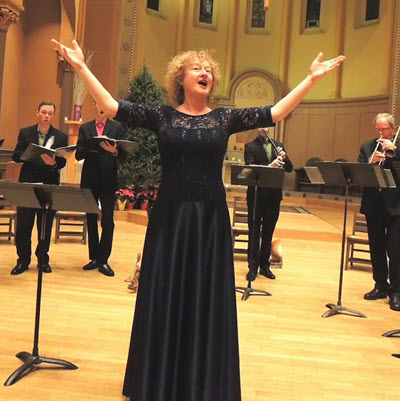
Boston Camerata’s First 70 Years
It all started in the basement of Boston’s Museum of Fine Arts, where a collection of historical instruments had languished for decades. Seventy years later, the Boston Camerata’s artistry and its attitudes about ‘early music’ and multicultural repertoire has influenced the entire field.
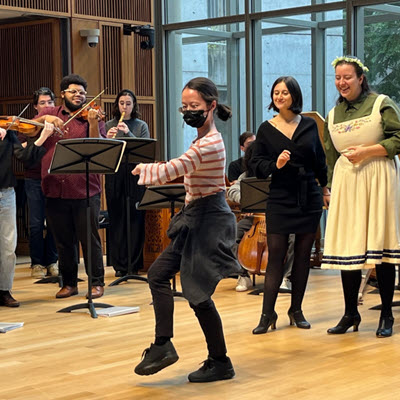
Different Bow Strokes, Different Folks
How we educate future early musicians is among the most essential challenges facing the field. In historical performance, perhaps no two institutions represent the extremes of the scholarship vs performance continuum more than Cleveland’s Case Western Reserve and New York’s Juilliard School.
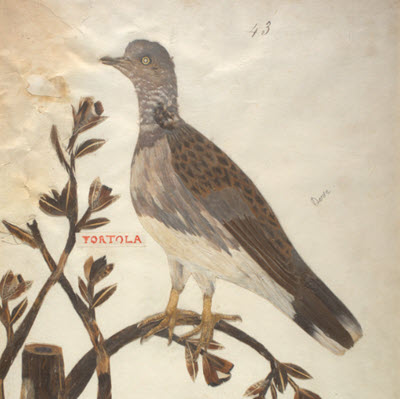
Musings: For the Birds
‘A great many musicians have listened to, and been inspired by the birds…It’s a sort of natural music far beyond our ability to understand or reproduce. Our attempts at repeating birdsong may be poor imitations, but at the same time we have been moved to compose, perform, and hear music that would not be what it is were it not for avian inspiration. Birds represent nature, spring, love…’
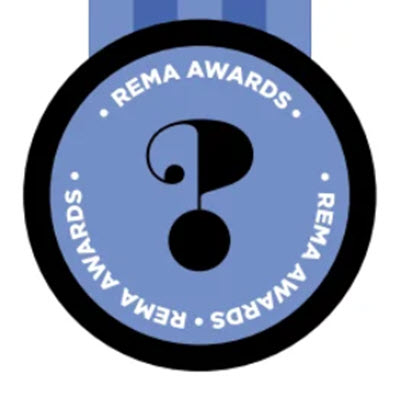
REMA Awards 2024
Every two years, REMA — the Réseau européen de musique ancienne (European Early Music Network) — spotlights the projects and activities that reflect the vision and versatility of today’s early-music sector. It’s a celebration of Europe’s whole early-music sector.
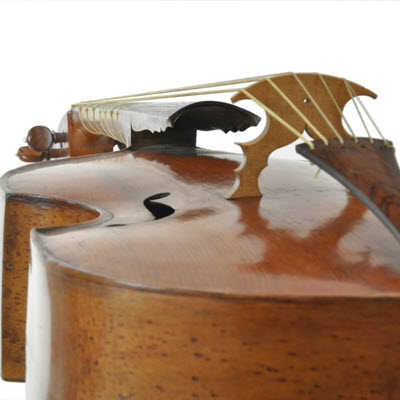
State of Being: Restoration or Conservation?
Restoration means bringing an instrument back to a playable condition. Conservation is about preserving an instrument in its current state and ensuring its survival. Is “restorative conservation” the solution, or just the latest trend?

